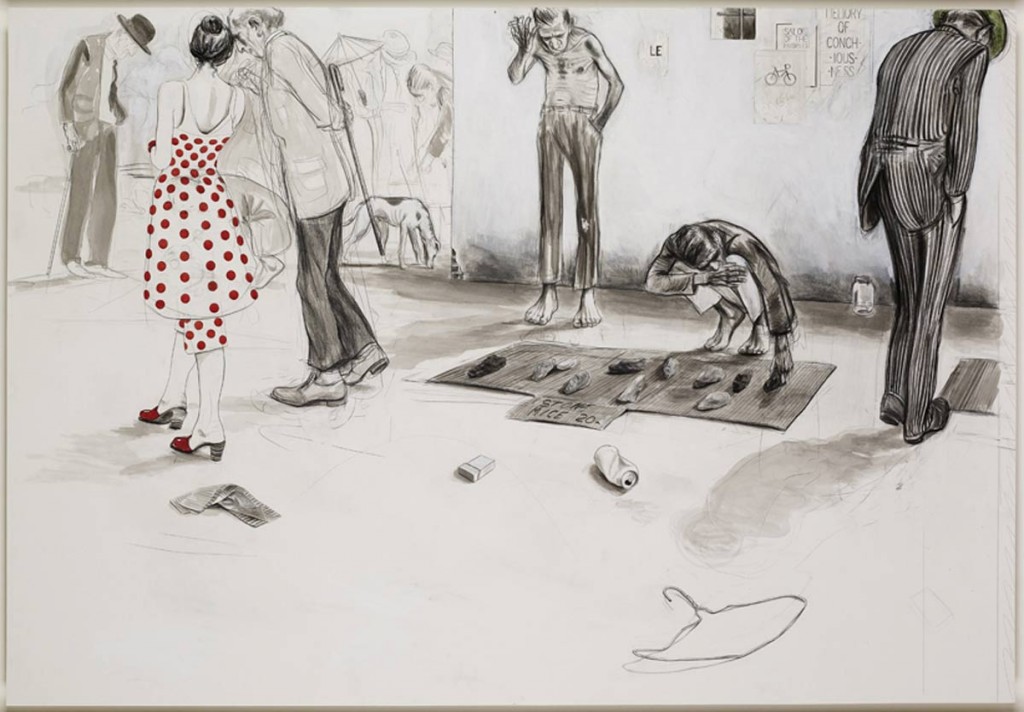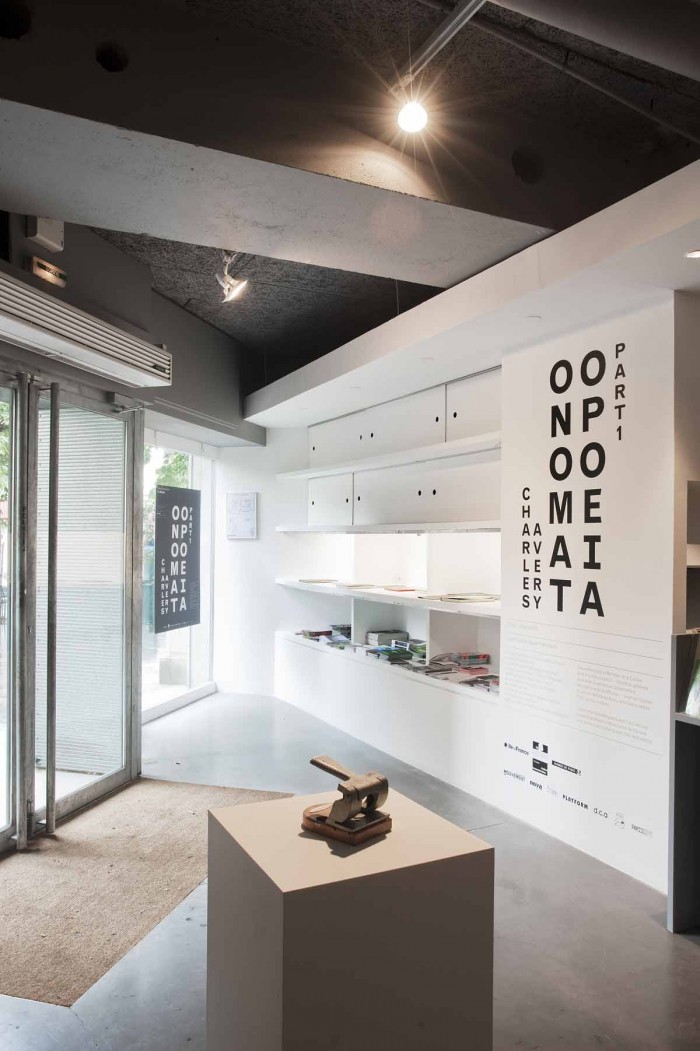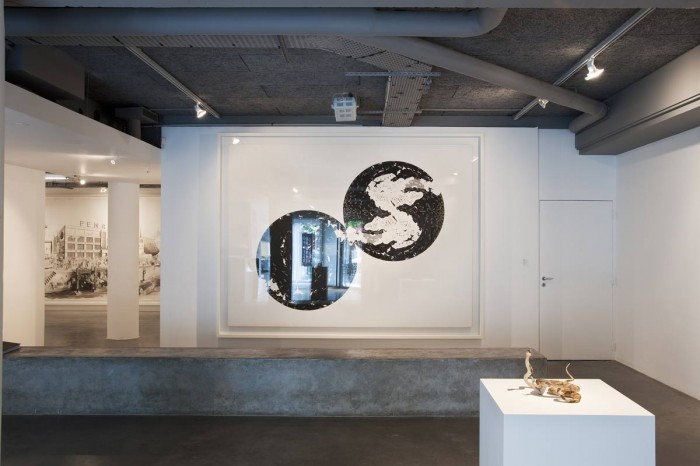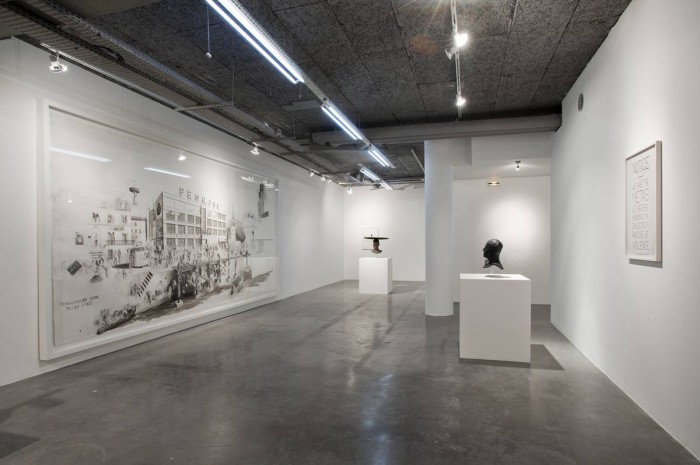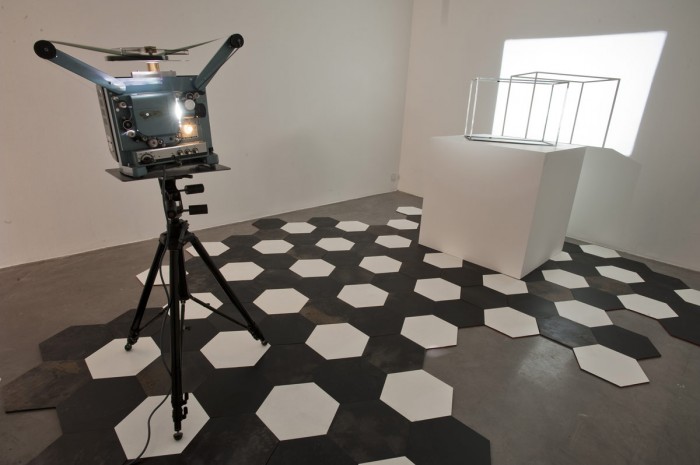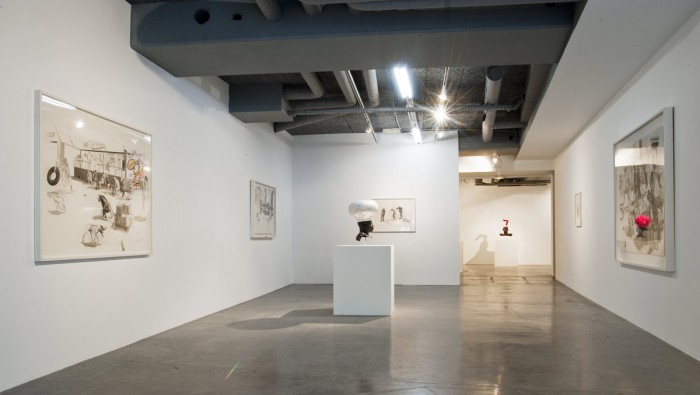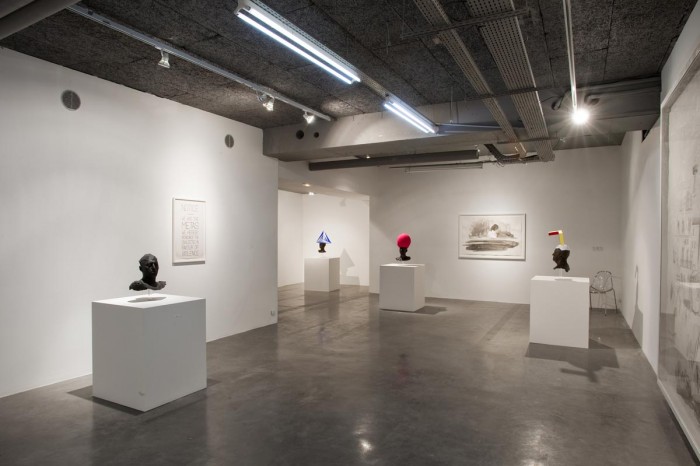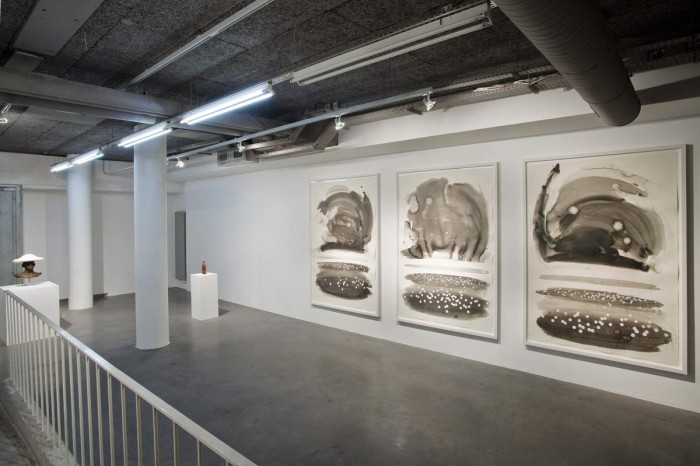Curator : Xavier Franceschi
The FRAC Ile-de-France/Le Plateau is presenting Charles Avery’s first solo show in France.
This Scottish artist, born in 1973 and living and working in London, decided in 2004 to devote his activities to a single, one-off project: The Islanders.
Using writings, drawings, sculptures and installations, The Islanders is the description of an imaginary world and of one island in particular—its geography, its fauna and flora, and its inhabitants—which an explorer gradually helps us to discover.
In the first instance, the work takes the form of achieved realism: in particular, the unusually virtuoso drawings, which are the real bedrock of his work, are entirely devised to be at the service of a narrative. By being a part of both the purest tradition of perspectivist classical drawing, and the tradition of 20th century reportage and illustrative drawing, they are in this sense salient by virtue of their extreme precision.
The world which is thus reconstructed for us, while being in many ways comparable to our own, stands very quickly apart because of a deep-seated strangeness: the beings living on the island—especially the If’en which are the real natives—are so many animals and characters which are anything but ordinary. Above all, though, a world is revealed that is governed by laws of logic and philosophy which challenge our own system of thinking.
The doings, gestures and goings-on that are described seem to be continually responding to dialectics based notably on equivalence and uncertainty. In reality, the world which Charles Avery describes for us appears in no time like the actual expression of a world of ideas, as the primary and tangible reality of a set of concepts and principles, the different protagonists in The Islanders being themselves perceivable as some of their veritable incarnations.
As Nicolas Bourriaud puts it in the essay he has written about this work: “Avery literally applies Plato’s precepts by deciding to represent the contemporary world from inside the cave.”
A number of the names given to the elements making up this imaginary world clearly point to the bond established therein, from the Noumenon, that legendary creature that no hunter has ever managed to capture—for a direct evocation of what Kant defines as the cause of all sensation—to L’Archipel de Wittgenstein swimming in the Analytical Ocean, by way of the Aleph, another extraordinary beast, and Onomatopoeia, the island’s main town..
But over and above the albeit witty attribution of these names, over and above this surprising way if introducing certain abstract geometric forms into this representation with its extremely raw realism, a whole cosmogony is being offered to us, in which, in particular, relations to space and time are completely re-assessed and re-defined.
Positing things in this way, when you express yourself in a field which is that of art, is clearly tantamount to setting up a different kind of link: in fact, working an immaterial dimension and a conceptual chord, and focusing on the fact that an idea can in itself have a concrete reality, precisely describes the relation that is best gauged with whole swathe of recent art history.
In this light, Charles Avery’s approach itself, as well as his decision to devote himself to a single project throughout his life, likens him to many of his predecessors for whom the work was the strict accomplishment of a pre-established system.
So if Charles Avery’s work, in its literary vein, somehow conjures up that of a writer like Faulkner or Borgès, we must also seek out comparisons with such as Broodthaers, Opalka and even Buren, in this relation to reality and the way it is signified.
This time, in a reversal which is not the least of his feats, Charles Avery manages with panache to combine a baroque dimension with both an extreme realism marked by documentary accents and a radical conceptual stance.
Further, this make-believe where a character strives to bring to our knowledge the reality of another world—another world which he is in the end of the day far from being the first to discover and which others, well before him, have tried to explore—is quite obviously a metaphor for art, for Charles Avery’s art and his own quest.
Let us wager that, far from behaving like tourists disembarking in the port of Onomatopoeia, the spectators who discover his work at this show at Le Plateau will focus on picking up on all its wealth, all its subtlety, and all its marvelous inventiveness.
Xavier Franceschi, Frac Ile-de-France / Le Plateau’s director and exhibition’s curator.
Slide show
